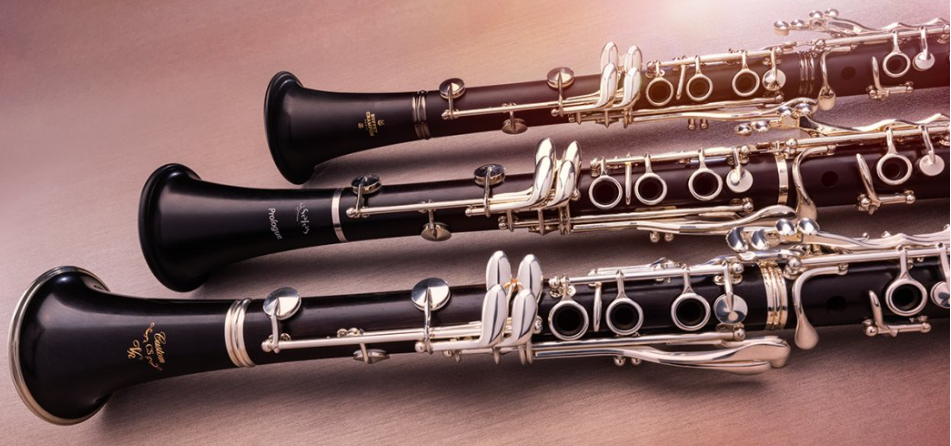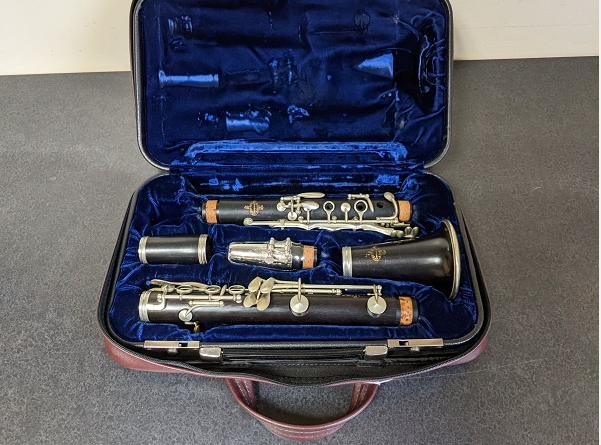The cost of a clarinet can vary widely, ranging from $100 for basic student models to over $5,000 for professional-grade instruments. Factors like brand, materials, type, condition, and additional costs like maintenance and accessories also significantly impact the price.

Factors Influencing the Cost of a Clarinet
Understanding the cost of a clarinet requires us to consider several key factors. This includes everything from the brand and the materials used to the specific type and model of the clarinet.
Brand and Manufacturer
When it comes to the cost of a clarinet, the brand and manufacturer play a substantial role. Renowned brands with a long history of craftsmanship often command higher prices due to their reputation for quality and durability. Manufacturers with well-established supply chains and high production volumes may offer instruments at a more affordable price point.
Materials Used
The materials used in the construction of the clarinet also greatly influence the price. Most clarinets are made from hard rubber, plastic, or various types of wood. Wood clarinets, particularly those made from Grenadilla or Rosewood, are generally more expensive due to their superior sound quality and craftsmanship.
The Type and Model of the Clarinet
The specific type and model of the clarinet is another factor that significantly impacts the price. For example, a soprano clarinet will generally be less expensive than a bass or contrabass clarinet due to differences in size and construction complexity. Moreover, a professional model with advanced features will command a higher price than a basic student model.
New Vs. Used Clarinets
Lastly, whether the clarinet is new or used will also affect the price. A new clarinet typically costs more than a used one, but it often comes with a manufacturer’s warranty and assurance of quality. On the other hand, a used clarinet can be a more economical choice, especially for beginners or those on a budget. However, potential additional costs such as repairs or replacement parts should also be considered when buying used instruments.
Each of these factors contributes to the overall cost of a clarinet, and understanding them can help prospective buyers make informed decisions.
Costs of Different Types of Clarinets
The cost of a clarinet can vary greatly depending on the type of clarinet and its intended use.
Beginner Clarinets
Beginner clarinets are typically the least expensive type, as they are designed to facilitate easy learning and may not have the advanced features found in higher-level instruments. These clarinets are typically made from plastic or hard rubber, which are cheaper and more durable materials ideal for beginners.
Intermediate Clarinets
Intermediate clarinets are designed for students who have outgrown their beginner instruments but are not yet ready for professional models. They often feature improved materials, like wooden bodies, and more refined mechanisms. The price for intermediate clarinets is usually higher than beginner clarinets, reflecting their improved design and quality.
Professional Clarinets
Professional clarinets are at the top of the range, built from the highest quality materials (often exotic woods) and designed to produce the best sound and playing experience. They feature intricate mechanisms and superior craftsmanship, which justifies their high cost.
Bass Clarinets
Bass clarinets are larger and more complex than regular B-flat clarinets, resulting in higher prices. Their unique tone and extended lower range require more material for construction and more complex mechanisms, driving up their cost.

Maintenance and Repair Costs
The cost of owning a clarinet extends beyond the initial purchase price.
Regular Maintenance
Regular maintenance of a clarinet is necessary to ensure its longevity and optimal performance. This includes activities like cleaning the mouthpiece and interior, oiling the keys, and replacing the reeds and cork pads. Depending on the frequency of use, the cost of these regular maintenance supplies can add up over time.
Common Repairs
Common repairs for a clarinet may include fixing a broken key, adjusting the mechanism, or dealing with cracks in the body of the instrument. While some minor repairs can be carried out by the player, more significant issues often require a professional service. The cost of these repairs can vary significantly based on the complexity of the issue and the rates of the repair service.
Replacing Parts
At times, it may be necessary to replace parts of the clarinet. This could include the mouthpiece, barrel, or keys. The cost of replacing parts can vary widely depending on the quality of the parts. High-quality replacement parts, especially for professional-level instruments, can be expensive.
Hiring a Professional Repair Service
When substantial repairs or maintenance are needed, it’s often best to hire a professional repair service. While this can add to the cost of owning a clarinet, it ensures that the instrument is correctly and safely maintained.
By understanding the potential maintenance and repair costs, clarinet owners can better plan their budget and ensure the longevity of their instrument. Regular care and maintenance are investments that pay off in the long term by preserving the instrument’s sound quality and playability.
How to Save Money When Purchasing a Clarinet
Purchasing a clarinet can be a significant investment, but there are several strategies for saving money. This can include finding deals, buying used instruments, exploring trade-in options, or considering rent-to-own programs.
Where to Find Deals
There are many places to find deals on clarinets, including online music stores, local music shops, and websites like eBay or Craigslist. Additionally, holiday sales or end-of-season clearance events often provide opportunities for discounts. Always ensure to check the instrument’s condition and authenticity before making a purchase from these sources.
Buying Used
Buying a used clarinet is another way to save money. Used instruments can often be found in good condition and at a fraction of the cost of a new one. It’s important, however, to verify the condition of the clarinet before purchasing. If possible, have an experienced player or teacher help you assess the instrument.
Trade-In Options
Some music stores offer trade-in options where you can exchange an old instrument for a discount on a new one. This can be a great way to upgrade to a better clarinet while offsetting some of the costs with your old instrument.
Rent-to-Own Programs
Rent-to-own programs allow you to rent a clarinet with the option to purchase it at the end of the rental period. This can be a cost-effective option, particularly for beginners who are not yet ready to commit to a large one-time investment.
By exploring these options, potential clarinet buyers can find ways to make their instrument purchase more affordable. As always, it’s important to balance cost savings with the quality and suitability of the instrument to ensure a positive playing experience.

